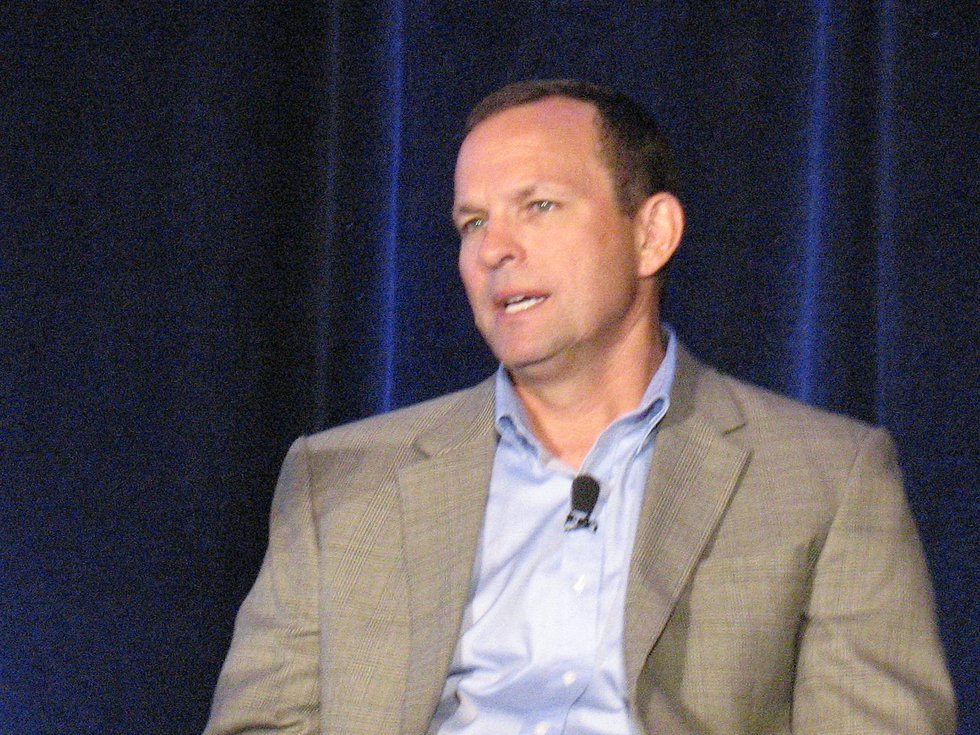 Given the reality of a workforce increasingly aging out of and retiring from the petrochemical and related industries, owners and other stakeholders are tasked with preserving “tribal knowledge” for those taking these departing employees’ places.
Given the reality of a workforce increasingly aging out of and retiring from the petrochemical and related industries, owners and other stakeholders are tasked with preserving “tribal knowledge” for those taking these departing employees’ places.
Discussing this challenge as well as ways to increase engagement within the workforce, Chad Bates, operations and maintenance gatekeeper for BASF, observed if companies don’t have “good, standard operating procedures and update them at least every three years,” tribal knowledge will be lost.
“Verify that procedures are correct and that what you have on a piece of paper is actually what’s being done out in the field,” Bates said. “If you’ve got operators that don’t use procedures because they’re wrong, you’re going in the wrong direction.”
Bates shared BASF went through a massive procedure upgrade about three years ago.
“We took every single standard operating procedure we had and we re-standardized them across the site,” he said, addressing delegates at the Downstream Conference and Exhibition held recently in Galveston, Texas.
“Verify that every single procedure is correct, put them in your electronic document management system and assign them an auditor,” Bates reiterated. “Then, every three years, you’re going to review those procedures. Any time a management of change (MOC) is done and a procedure needs to be changed, you’re going to be sure that it is changed. That’s the only way you’re going to keep that tribal knowledge.”
Craig Cotter, maintenance and reliability leader for Occidental Petroleum Corp., said he believes it’s preferable for companies to conduct in-house training led by the company’s own personnel.
“That way, you can tailor it to your sites and your procedures,” Cotter said. “You might contract it out initially to get it going, but I wouldn’t advocate for that long-term. Use your own person that has that in-house capability. To get the quality training of your craft, you need to come up with your own internal training.”
Frank Tanner, maintenance section leader for Celanese, noted one way his company preserves tribal knowledge is with media tools.
“Everybody runs to YouTube, but we have specialized equipment that’s not on YouTube. So we make our own videos that are utilized for training, and we’re trying to do more of that,” he said.
The great motivators
Beyond trying to replenish a diminishing workforce, managers are also faced with the ongoing challenge of engaging their workers and motivating them to deliver their best job performance.
Cotter said some companies recognize exemplary performance with gift cards and other financial rewards.
“But my experience is, if you give sincere and frequent verbal recognition, that means more than the monetary recognition,” Cotter said.
Bates said he agrees “money is a motivator, but it’s a short-term motivator,” and recommended author Daniel Pink’s “Drive: The Surprising Truth About What Motivates Us.”
“It’s about how to motivate people and what truly motivates people,” Bates said. In the book, Pink identifies three principles that can motivate employee engagement in the workforce.
“The three things are autonomy, purpose and mastery,” Bates said. “Micromanaging is no way to motivate anybody. Give that employee a little bit of autonomy and you’re going to find, before long, they’re going to become empowered and they’re going to start having a purpose. Once they start feeling like they have a purpose, then the mastery is going to fall in line.”
Read more at BICMagazine.com

